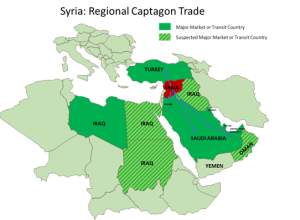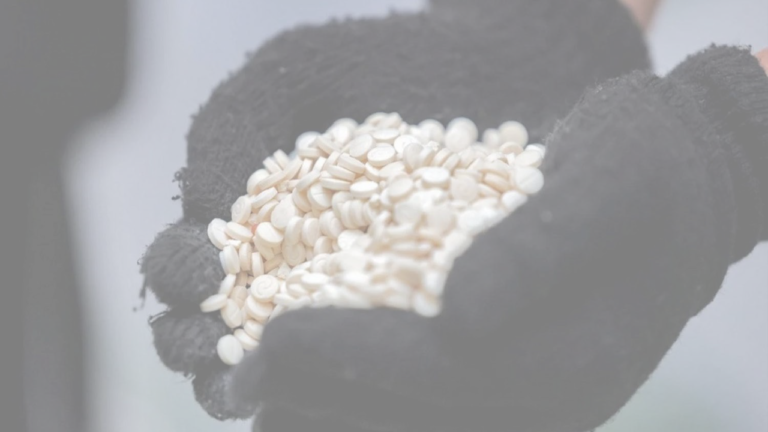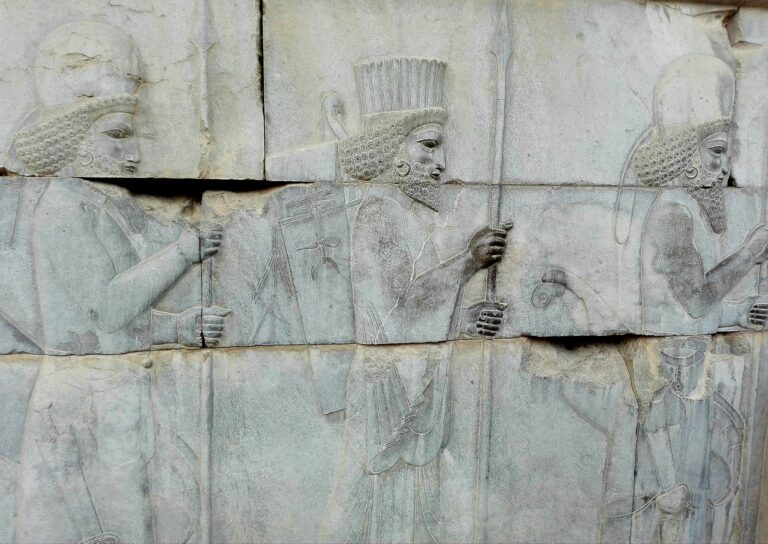Syria has become the new fertile crescent for the drug trade in the region, developing into a production and distribution hub for Captagon.
Captagon, a potent stimulant, has become the drug of choice in many circles, particularly in the Middle East. Recent seizures of the drug coming out of Syria have shed light on the Captagon trade magnitude and the reach of its smuggling networks. Target markets for illicit trade predominantly include countries within the region, such as Saudi Arabia, Jordan, Lebanon, and the United Arab Emirates (UAE), where demand for stimulants is high. However, the trade also extends its tentacles to Western Europe, with smuggling networks utilizing various tactics to distribute the drug and obscure their operations. The trade’s implications are not confined solely to drug consumption but also encompass funding sources for sanctioned regimes, terrorist organizations, and Iranian-backed groups in the region. As the trade has become a sticking point for Syria’s re-entry into the Arab League and the international community, the regime has attempted to counter it symbolically. In reality, it has swept the trade under the rug as the administration descends into a complete narco-state. Syria has become the new fertile crescent for the drug trade in the region, developing into a production and distribution hub for Captagon.
Captagon, a potent stimulant, has become the drug of choice in many circles, particularly in the Middle East.
However, regardless of these developments on the international level, the Captagon trade in Syria is currently undergoing significant transformations, presenting complex challenges for the region and beyond. Local Captagon trafficking kingpins, under the instructions of the regime, have been recently forced to relocate from southern Syria to safer areas in and around the capital. This strategic move, orchestrated by elements of the Syrian Army and security apparatus, specifically Military Security and the 4th Division (led by Maher Al-Assad), has resulted in a changing hierarchy of smugglers, with second-tier operatives or entirely new actors now dominating the trade on the ground. Some kingpins have sought refuge in Damascus, Lebanon, or the UAE, continuing to direct smuggling operations outside the country. This further complicates the trade and provides an additional international challenge in countering it.
One notable consequence of this shift is the adaptation of storage and production facilities away from the border regions. To mitigate the risks posed by Jordanian airstrikes and anti-drug vigilante groups, warehouses and farms previously used for Captagon production and storage have been reconfigured or relocated away from the Syrian-Jordanian border region. Smugglers now opt for decentralized storage, keeping the drugs in their locations, making it more challenging to identify dedicated production and distribution sites.

Transit Routes and Key Captagon Markets Based on Reporting and Documented Seizures
This adjustment not only helps minimize vulnerabilities to the traffickers but also allows them to evade detection and potential airstrikes, a growing problem for the trade. The trade’s evolving dynamics have led to increased drug activity in the capital city of Damascus, increasing the need for active intelligence networks that gather information on ongoing developments.
Beyond the borders of Syria, the Captagon trade is more than just a regional problem. Recently it has increasingly involved kingpins and drug lords who reside legally outside the region, particularly in Western Europe. The involvement of these individuals raises concerns about the complicity of Western banks and financial systems in money laundering associated with the trade. International cooperation, regulatory measures, and heightened vigilance are needed to prevent the inadvertent facilitation of illicit economic activities and ensure the disruption of these networks.
As the Captagon trade persists, segments of the Syrian population have also formed anti-drug vigilante groups to directly engage with and intercept smugglers. They have become increasingly bold in their work against the smugglers resulting in instances of low-level violence and confrontations between the two. However, this development has escalated tensions and conflicts directly impacting the Syrian people. Smugglers have resorted to coercive tactics, expropriating civilian property and pressuring individuals who oppose the trade, mainly in their operating regions. The rise of these vigilante groups also highlights the social impact of the trade and underscores the urgent need to address the underlying causes that drive their formation.
Internal struggles among smuggling groups further complicate Syria’s already fragile security situation. In some instances, infighting and turf wars over territory and other aspects of the trade have led to assassinations and conflicts. The regime, recognizing the profitability of the trade, has protected smugglers through a patronage and protection system. This system, operated by local military leaders and corrupt regime officials, shields the smugglers from pressure exerted by the security apparatus. In exchange, the regime benefits from the profits generated by the trade, making it unlikely for the government to actively counter the trade in any meaningful way, as it is a vital funder of the regime.
The Captagon trade serves as a crucial funding source not only for the Syrian regime but also for Hezbollah, Popular Mobilization Forces (PMF) groups from Iraq whom Iran supports, and various other Shia militant factions made up of foreign fighters such as the Zeinabiyoon and Al-Fatimiyoon militias. While the origins of the trade in Syria can be traced back to ISIS, these Shia militant groups have co-opted the trade for their agendas, which has become a profitable endeavor for their activities.
As the Captagon trade persists, segments of the Syrian population have also formed anti-drug vigilante groups to engage with and intercept smugglers directly.
The untraceable funding generated from the trade enables these entities to finance their activities, including weapons purchases, sanctions evasion activities, and personal enrichment. Moreover, the trade provides a lucrative funding source for sanctioned regimes, terrorist groups, and Iranian-backed entities in the region.
To remain one step ahead of law enforcement and counter-smuggling efforts, the smugglers involved in the Captagon trade have become increasingly sophisticated in their tactics. They utilize various methods such as drones for surveillance and smuggling, individual mules known as “sailors” who cross land borders in cars or motorcycles, and cover companies that do business in the region while concealing illicit products in their shipments. These tactics are not limited to drug smuggling; the same routes and methods are used to smuggle weapons, ammunition, equipment, and even fighters.
Many of the individuals engaged in the Captagon trade on the ground in Syria are former or current fighters from the Syrian Civil War. This dynamic creates a dangerous and battle-hardened drug smuggling force operating throughout the country. Additionally, this force is backed by and co-opted by the regime. As efforts to counter the trade progress, it becomes imperative to address the underlying motivations of these groups. As the trade continues, it may result in the emergence of well-trained, armed, and funded militant factions, posing a significant threat to Syria and stability in the region.
Recognizing the gravity of the situation, the US government recently enacted the Captagon Act, mandating the State Department develop a comprehensive strategy to counter the trade across multiple US Government agencies. This legislation highlights the international concern surrounding the Captagon trade and underscores the need for concerted efforts to address its various dimensions. The strategy should focus on dismantling financial networks, enhancing intelligence sharing, disrupting the flow of precursor chemicals and illicit funds, and promoting international cooperation among stakeholders if it is to be successful.
In conclusion, the evolving Captagon trade in Syria poses multifaceted challenges with far-reaching implications. Addressing the trade requires collective efforts to dismantle financial networks, enhance intelligence sharing, disrupt the flow of precursor chemicals and illicit funds, and counter the underlying motivations driving the trade. Cooperation among regional and international stakeholders is vital to combat this illicit activity effectively and mitigate its impact on regional security and stability.




